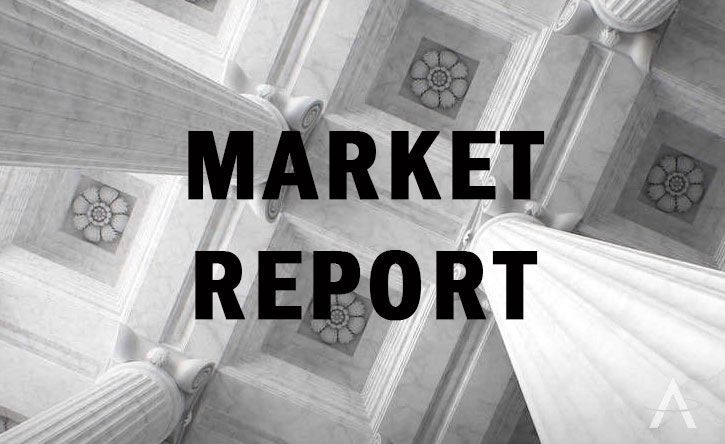Market Report for June 2, 2023

The Senate yesterday approved legislation that will suspend the debt ceiling until 2025, sending the measure to President Joe Biden for his signature.
In doing so, it beat a June 5th deadline to avoid a catastrophic and unprecedented government default. The 63-36 Senate vote came one day after an overwhelming 314-117 vote in the House of Representatives on the bill.
Key elements of the debt ceiling deal
The bill suspends the debt ceiling until January 1, 2025. At that point, the Treasury Department will be able to use accounting maneuvers to get around the debt ceiling (referred to as "extraordinary measures") for several months to ensure the country does not default. That means that the debt ceiling won't need to be raised until mid-2025, well after the 2024 presidential election and with a new Congress in place.
The legislation reduces discretionary spending for the next two years, but those cuts do not affect defense spending—which will see an increase in the coming year—nor will there be any cuts to Social Security, Medicare, or veterans' health care programs. The bill also requires Congress to pass the 12 appropriations bills that fund every federal agency and program by the end of 2023 or risk an automatic across-the-board one percent cut in all funding.
The agreement also repurposes about $28 billion in unspent COVID-19 funds, as well as about $20 billion of the special funding for the Internal Revenue Service that was approved last year. The legislation increases work requirements for some food stamp recipients; reforms the permitting process for energy projects; and ends the freeze on student loan repayments that was put in place during the pandemic.
As with most compromises in Washington, the agreement left both parties disappointed. But the strong bipartisan votes in both the House and Senate underscored the importance of avoiding a default, even if many lawmakers had reservations about the contents of the deal.
As the Senate passed the debt ceiling bill, which we strongly believed it would, we are now digesting another astonishing monthly jobs report. The US economy added 339,000 jobs in May, exceeding forecasts of 190,000, according to the monthly jobs report from the Department of Labor. The unemployment rate rose from 3.4% to 3.7%. The jobs report, while a key data point for the Federal Reserve to monitor the strength of the economy, Fed officials are also leaning toward a pause in the rate hike campaign that has seen ten straight rate hikes: seven times in 2022 and three so far in 2023 of 25 basis points each. The jobs numbers may not be as much of a factor in their decision in June.
Investors obviously see this as a positive with the DOW surging over 400 points, or 0.8%, this morning on the news of the debt ceiling agreement. We want to see inflation kept under control as the report shows steady growth. With this in mind, we remain cautious yet poised to reallocate as we watch the current events.
As always, please feel free to reach out to us with any questions. We thank you for the confidence you have placed in Affinity Capital to manage your investments and navigate these times together.




